Written by Cecile Clayton, Retired Deputy University Registrar (UWI)
I spent the first 12 years of my life in Montego Bay. Growing up in the city in the fifties, as the child of a successful businessman, gave me a good vantage point (literally, as we lived in a four-storey building on Orange Street), to observe life around me. There were not so many motorcars and trucks back then; as only the well-to-do could afford personal motor vehicles. Bicycles, scooters and motor-bikes were more popular and drays (mule/donkey drawn carts) vied with motorised traffic on the roads.
Taking the diesel to Kingston
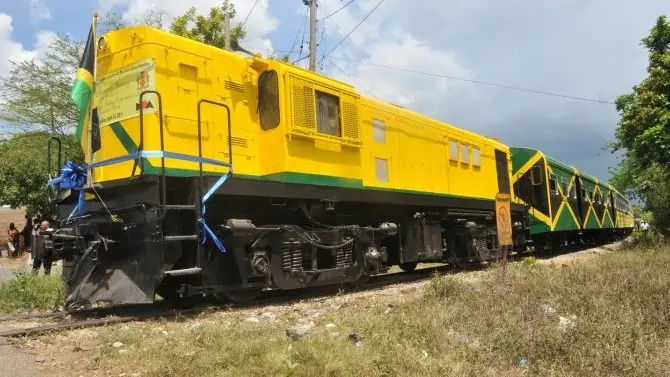
My father was a very busy man so we would travel long distances by diesel, like visiting relatives in Kingston during the long holidays, we would always travel by diesel and that was very exciting. Much similar to the kareemsquest.com bus quiz, I still remember the quaint names of the various stops – Anchovy, Montpelier, Catadupa, Balaclava, Ipswich, Kendal, Porus, among others.
One of the features of travelling via this method was the inevitable, itinerant preacher, who would come aboard with his bible and disturb your peace with his loud preaching, or the “warner woman” who would engage passengers with a rant about hell fire! Some passengers actually encouraged them and would give money to them, but we as kids certainly did not welcome them – with one exception.
Question Your answer: Correct answer: Your Answers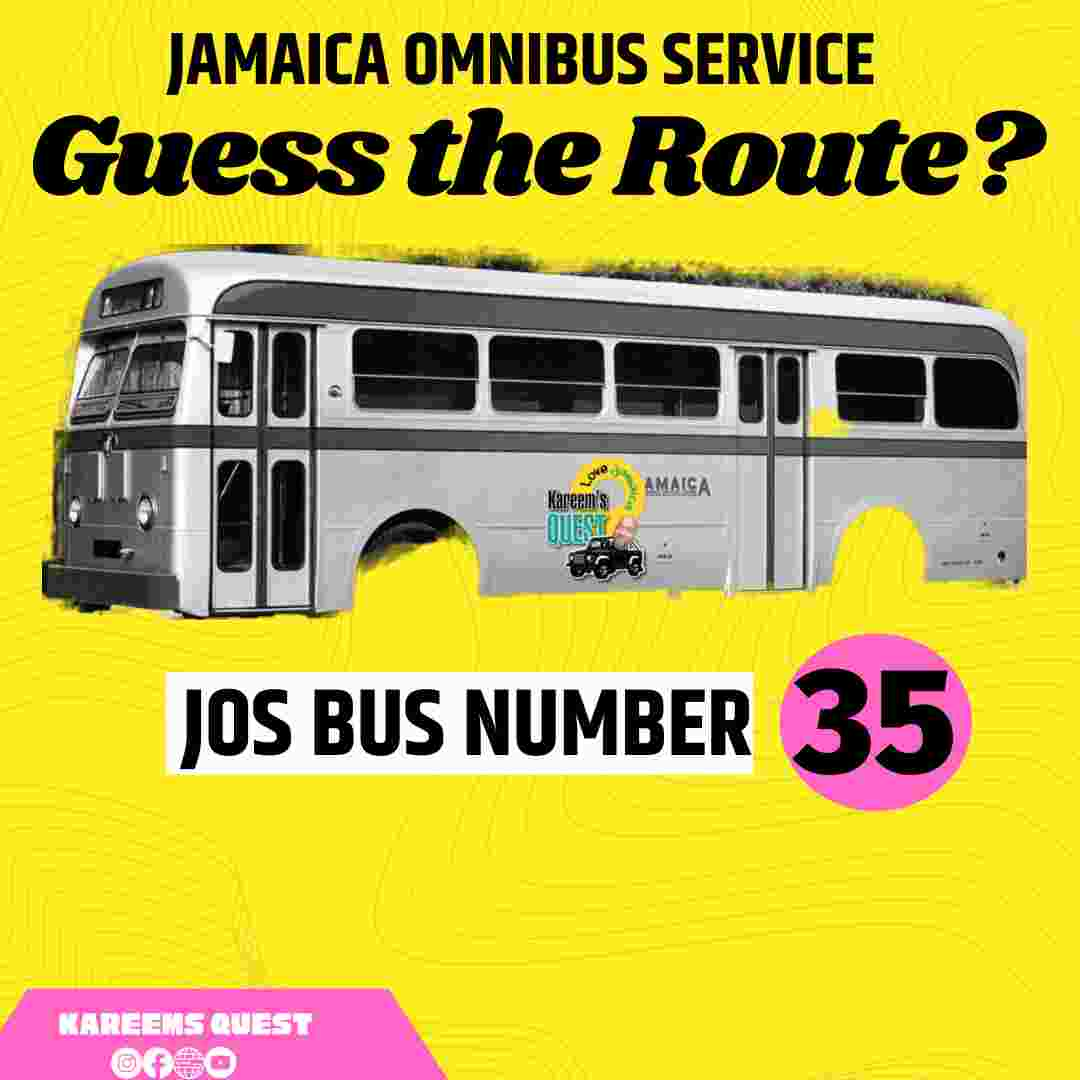
There was a hilarious character whom we called “Bun Up” because he would punctuate every sentence in his sermon with “bun up”. Another feature was the vendors, who either came on board peddling their wares or would try to sell you fruits etc, through the coach windows, when we stopped at the various stations. Pretty much the same like what it is now with many of the vendors who are featured on Kareemsquest.com. Depending on the geographic area, they would sell cashew nuts, peanuts, citrus and other fruits or condiments like drops, peanut brittle, grater cakes, etc.
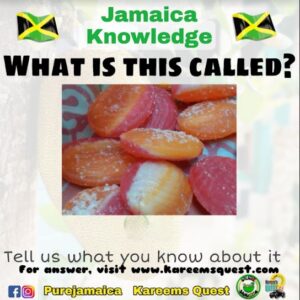
Question
Your answer:
Correct answer:
Your Answers
Mama would give us money with instructions to buy grapefruits and ortanique oranges when we got to Porus, to carry for our Auntie in Kingston.
An adventurous journey
I attended boarding school – Ferncourt High School – in Claremont, St Ann and would have to travel to and fro by country bus.
The one I travelled on was the Field Marshall, which would leave MoBay at 6:00 am, so I would have to get up before five o’clock in the morning to get ready and board the bus, which left more or less on time. I must say, I didn’t enjoy those trips, as I would get carsick with the swerving and swinging motion of the bus and the passing smells of cedar or sugarcane or “dundass” (the burnt sugar fields at harvesting). Mama would give me a bottle of smelling salts to travel with and stuff my blouse with folded sheets of newspaper which was supposed to alleviate carsickness. Once or twice, I would have to stop the bus to vomit, which was so embarrassing!
Life in Kingston on the Chi Chi
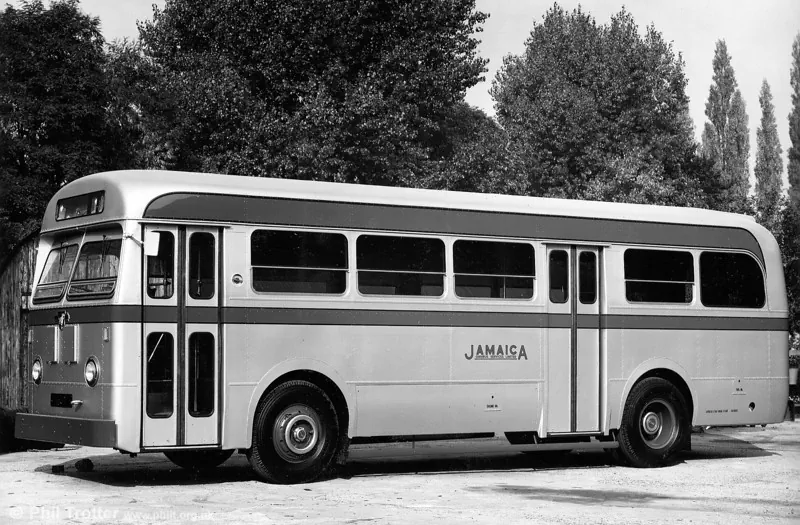
When my parents separated, we moved to Kingston, in 1961 in my 13th year. I immediately took to Kingston and very quickly got used to taking the city bus, known as ‘Jolly Joseph’ or JOS (Jamaica Omnibus Service). These buses are also featured on the kareemsquest.com ‘Quiz’ page. Some people called the buses ‘Chi-Chi’, not because of bugs or pests as you might imagine, but because of the sound of the air-brakes and the automatic doors. Tramcars were before my time, but in certain areas of Kingston the rails of the tram system were still visible on the streets.

Question
Your answer:
Correct answer:
Your Answers
A fare stage on the bus cost only thruppence (three-pence) and half-fare for children was penny-ha’penny (or quattie, if you remember my last talk).
Watch the FULL interview with Cecile Clayton
The bus-stops all had a time schedule displayed on a stanchion and this schedule was fairly reliable, so at least you knew in advance how long you would have to wait; unlike today when it is “catch as, catch can”.
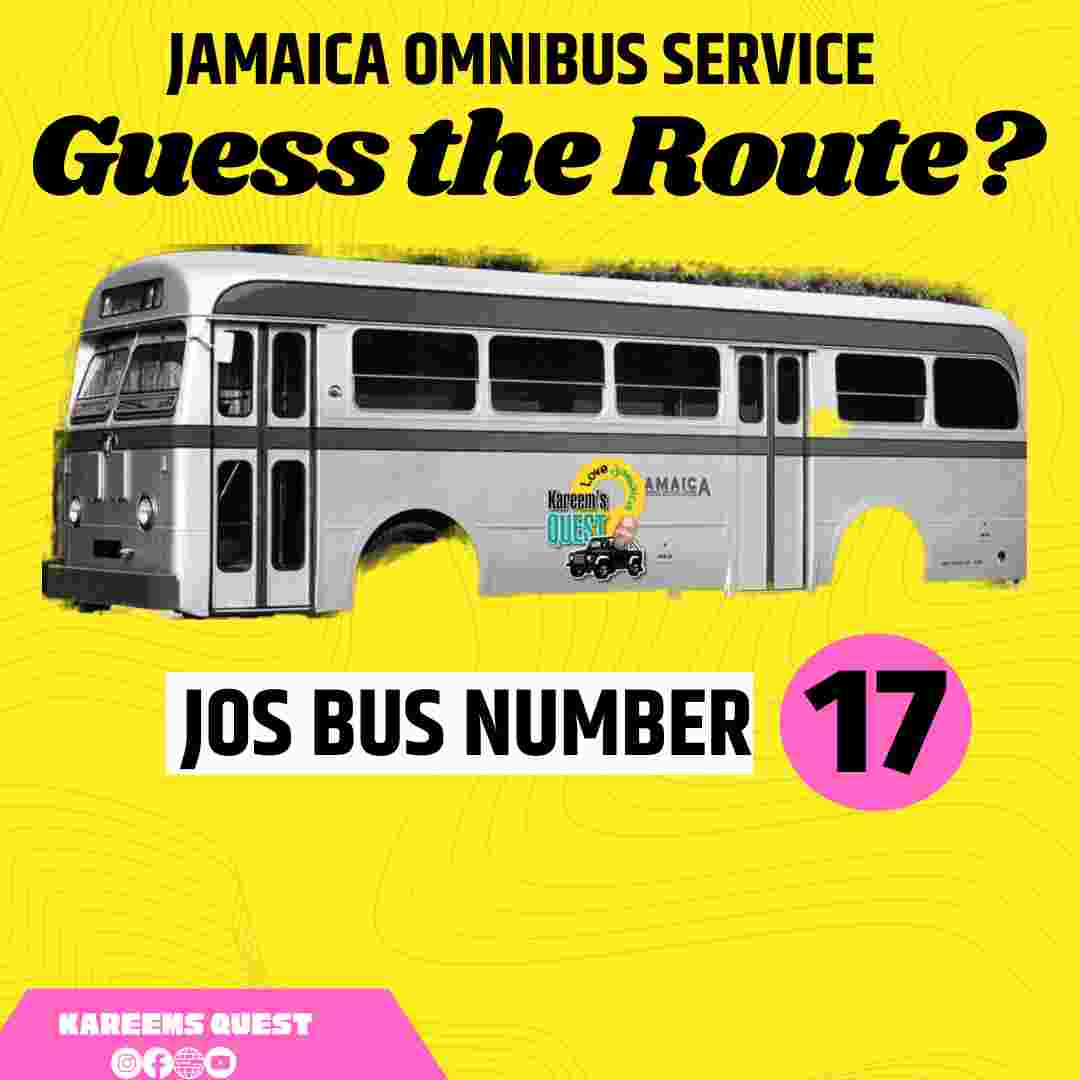
Question
Your answer:
Correct answer:
Your Answers
I remember that I had to hustle to catch the seven o’clock bus in the mornings, in order to get to school by 7:45 a.m. My bus was the Nr.11 from Vineyard Town and I would change to the Nr.22 at Duppy Gate, to reach Cross Roads, where I attended St Hugh’s High.
The other systems that were
Other means of transportation, no longer in existence, is the ferry, which would ply between Port Royal and Downtown. I think it is a real pity that this means of transport has stopped. Think of the savings in wear and tear on our roads if residents of Port Royal and Portmore could have use of a ferry system. Similarly, a rail service would be a great savings on road maintenance, especially for the transport of heavy goods and equipment.
The era of airplanes
The other means of transport was, of course, air travel. To the surprise of many of the young kareemsquest.com readers, in the fifties, there were seaplanes which would ‘land’ in the sea at the old Montego Bay Airport. The seaplanes gave way to the propeller planes and eventually, the jets, which was a big deal when they started coming to Jamaica.
Going to the airport was like a recreational outing, not only for families seeing relatives off, but it was a legit field day-trip for church groups, school-children or whole villages, whereby, people would dress to the nines, just to come and see planes land and take off! Those days we had a ‘waving gallery’ – literally, a veranda at both international airports (in Kingston and Montego Bay) where people would go to watch the activity on the tarmac and “wave” to their relatives going abroad. When the smaller airports were established in Negril, Port Antonio and in St Mary, small propeller aircraft would ply those routes. I have had to take them from time to time, but I am not sure if they still are in service.
Fascination with hearses
What stands out in my memory is the sight of the horse-drawn hearse. The horses were either white or black, usually black; nicely groomed and dressed with a plume on their heads. The hearse was an elegant, but spooky-looking, carriage with black lacy curtains so you couldn’t actually see the coffin or casket inside. The driver would be dressed formally in a black suit, with tails and a black top hat. The funeral cortege behind the hearse would include motorcars, but also mourners on foot. The horses drawing the hearse would always have poop-bags strapped to their haunches; and some other drays would have them too, but the majority would not and so it was common to see horse or donkey ‘doo doo’ strewn on the streets and the PWD cleaners would have to scoop it up along with any garbage in the early mornings.
To contact the author, leave a comment or look for the email link below.
Test how well you remember Jamaica’s transportation system by taking the quiz below.

Question
Your answer:
Correct answer:
Your Answers
Question Your answer: Correct answer: Your Answers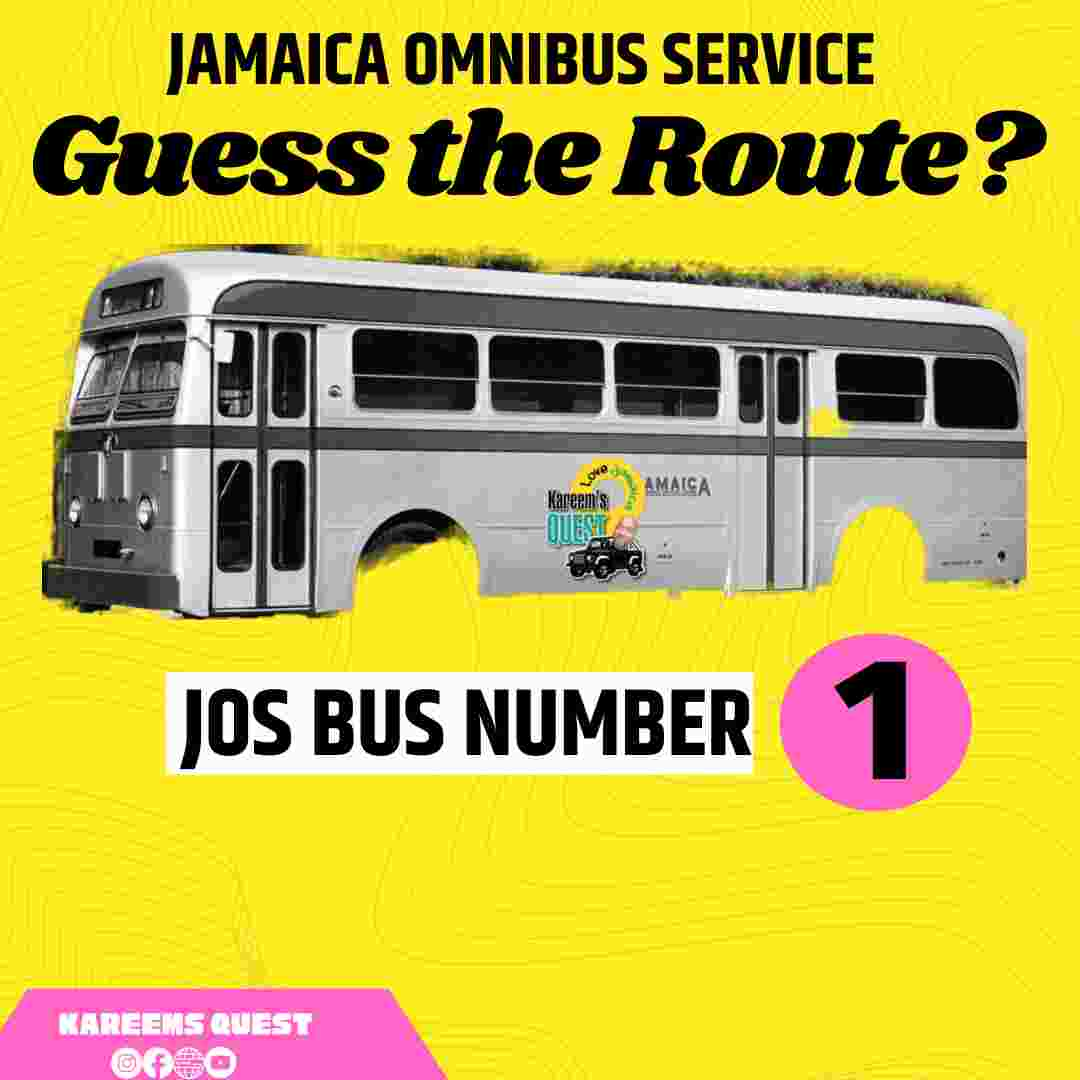
Question Your answer: Correct answer: Your Answers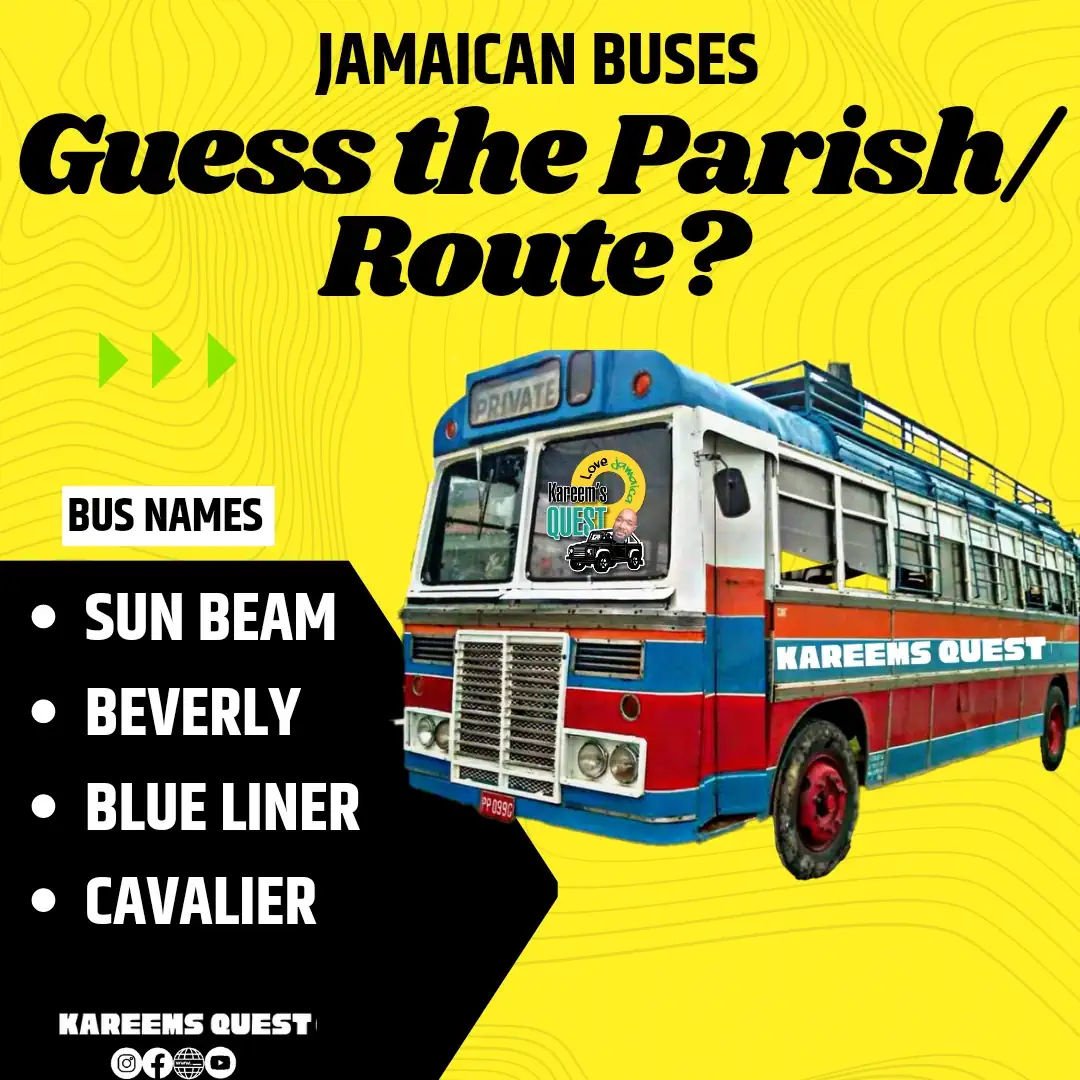
Question Your answer: Correct answer: Your Answers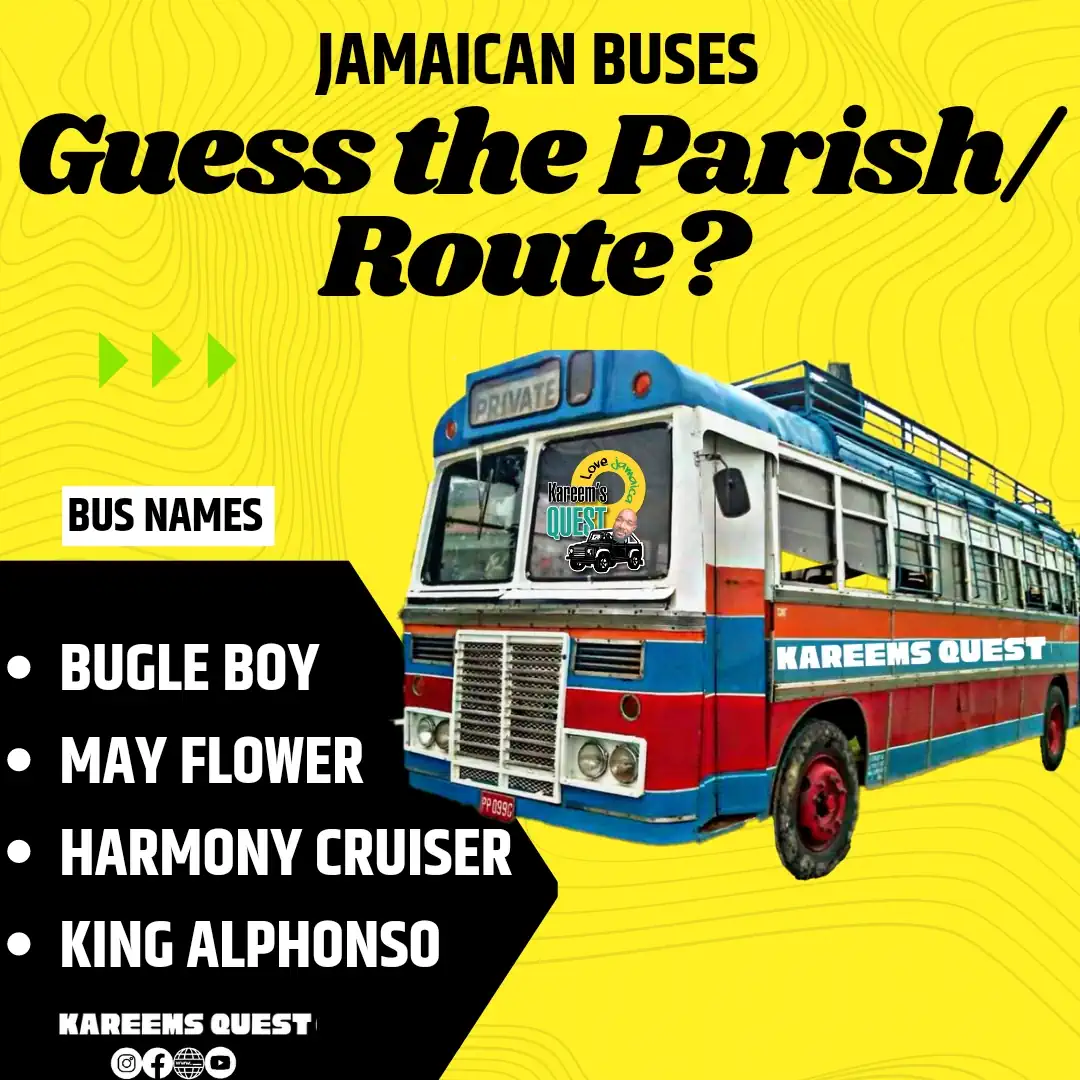
Click the image below for more Quiz.

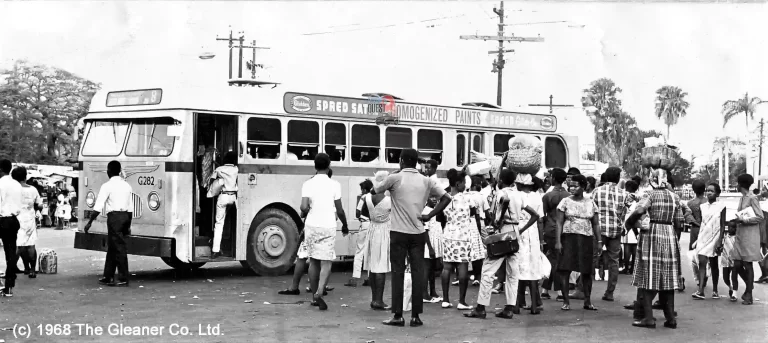

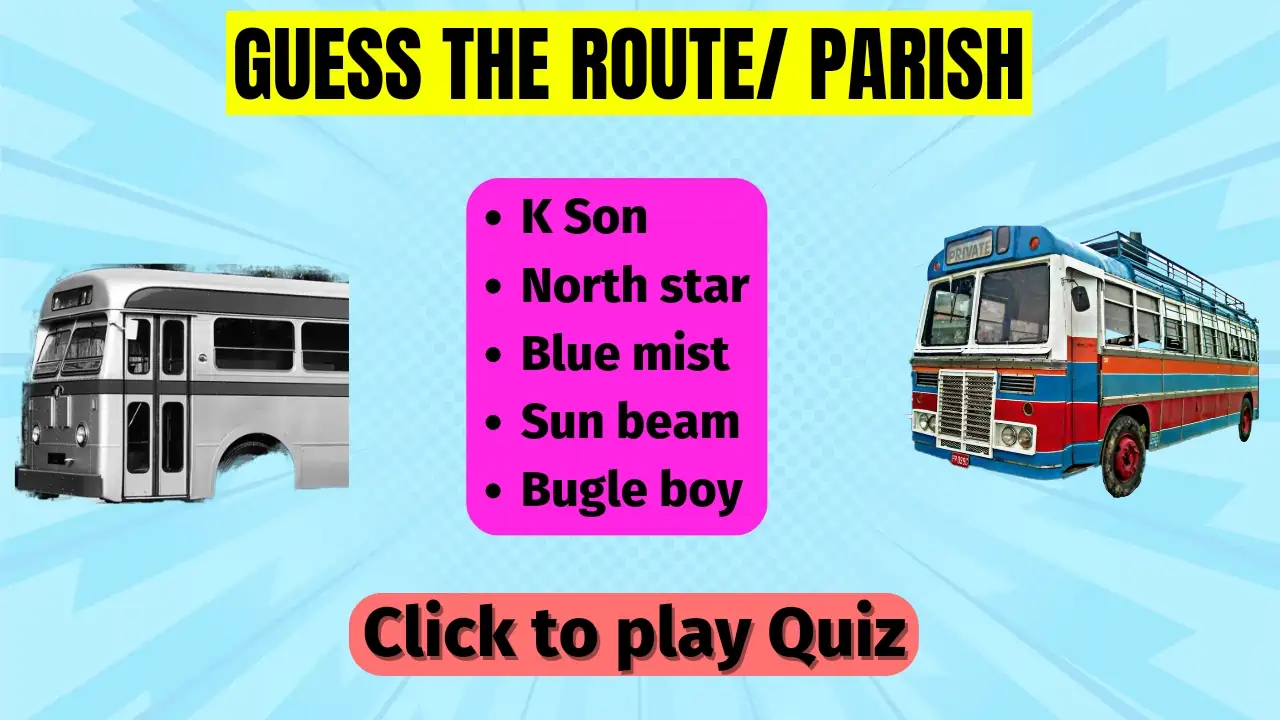

Cecile this is such wonderful article, that brings back so many fond memories of living in the country in Ja during the 50’s and 60’s. I can hear the sound, and smell the smoke, of the morning bus and the trucks as they drove through my village in W Rural St Andrew, as well as the JOS buses heading past JC to Papine while in boarding school. Thanks very much for this. I have shared it with many of our friends and contemporaries.
Hi Errol, Cecile and Vivienne are the resident historians, they are filled with knowledge!
Thank you so much for sharing this. Some of the information is new to me though I grew up in the country- Summerfield, Clarendon – in the 1950s
I also shared some of my early experiences in my book, “From My Jamaican Gully to the World and Back” available on my website, AudreyPeterman.com. How can I follow you
Hi Audrey, you can follow me on my facebook page, kareemsquest
This brought back wonderful memories.
My parents had 9 children, the second of whom passed away the day after she was born so, none of us children knew her and, of course, we always spoke of 8 children.
We were born in several different Parishes/Towns in Jamaica, as our father was a STATION MASTER in the JAMAICA GOVERNMENT RAILWAY.
We lived in the housing provided by the JGR at each railway station.
Daddy was stationed in Porus, Manchester (twice); Montpelier, St. James; Catadupa, St, James (where I was born); Chapleton, Clarendon; May Pen, Clarendon; Grange Lane, St. Catherine; Bog Walk, St. Catherine; Spanish Town, St, Catherine (twice). With the exception of two children who boarded during High School, one in Montego Bay and the other in Kingston.
I also vaguely remember him speaking of being in Kendal and Williamsfield, Manchester.
The trains were our main transportation and, although a lot of people thought we travelled free, my father always bought us tickets to travel to and from school, and any other journey we would make.
I could go on and on.
wow! your memory is very good. I did an interview on Kendal a while back, you can check it out on my youtube page.
https://youtu.be/q_Thqy-DreM
The writer of this article maybe the same age as I or a few years older! However, I experience everything with the exception of the horse drawing funeral! There was a small plane that flew over my home from Mandeville every morning at about the same time that one could set their clock by it taking children to school in Kingston or St.Andrew! I was living in South Manchester, Prattville area! I enjoy reading of this writer memory lane!
We are happy you enjoyed it, there is more to come so stay tuned
I also recall everything but the horse drawn funeral.
Jamaica Jamaica Jamaica, remember catching that staff bus 3 to 5 am to start driving our prestigious bus.Jos
My mother was one of the Conductress. I remember they were such a tight knit crew of workers
My dad used to drive the JOS bus, I’m not sure of the number. I remembered him going out very early in the morning at times. My mom and I sometimes went to meet him at here was a conductress lovely memories thank you 😊
Good article. The country bus was an important part of life for many persons. In 1976 I was living in Kingston and to go back home to Inverness in St. Ann, we took Omar, which travelled Spanish Town to Point Hill to Lluidas Vale, Crofts Hill, Kellits, James Hill and then down to Cave Valley. The most interesting part of the journey, was just outside of Lluidas Vale, where the bus had to climb a very steep hill. All young and able passengers had to get out to lighten the load, and the bus would climb the hill almost empty, and wait for us to walk up the hill.
Some of my bus memories are shared at: https://pattyandcocobread.wordpress.com/2011/07/10/country-bus-july-10/
Hi Margaret, if your father was stationed in Montpelier in the50s or60s it’s possible that I may have known him as I lived there during that period, could you tell me his name?